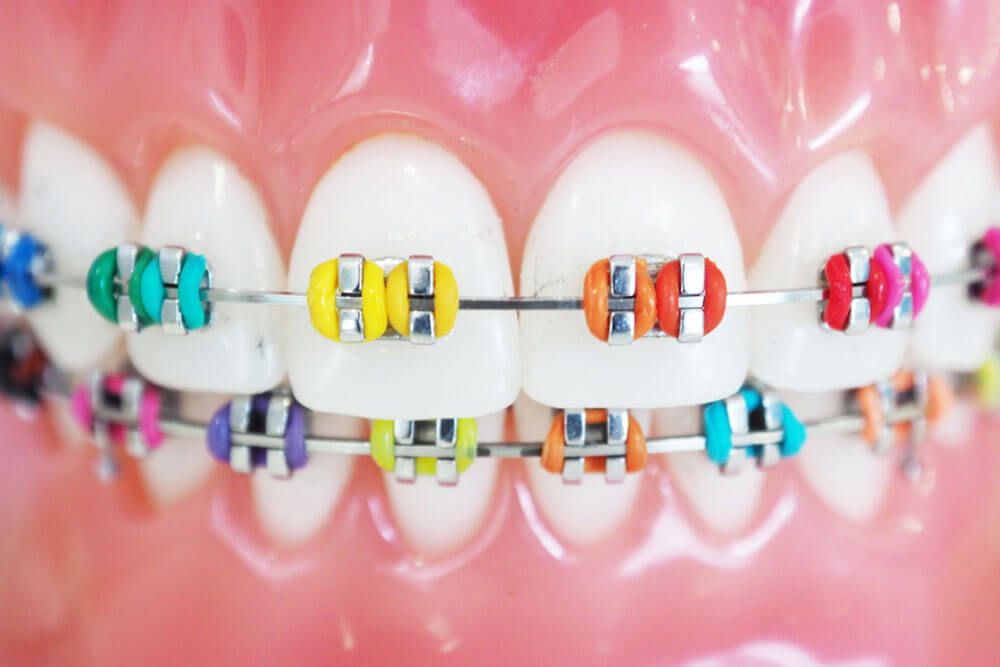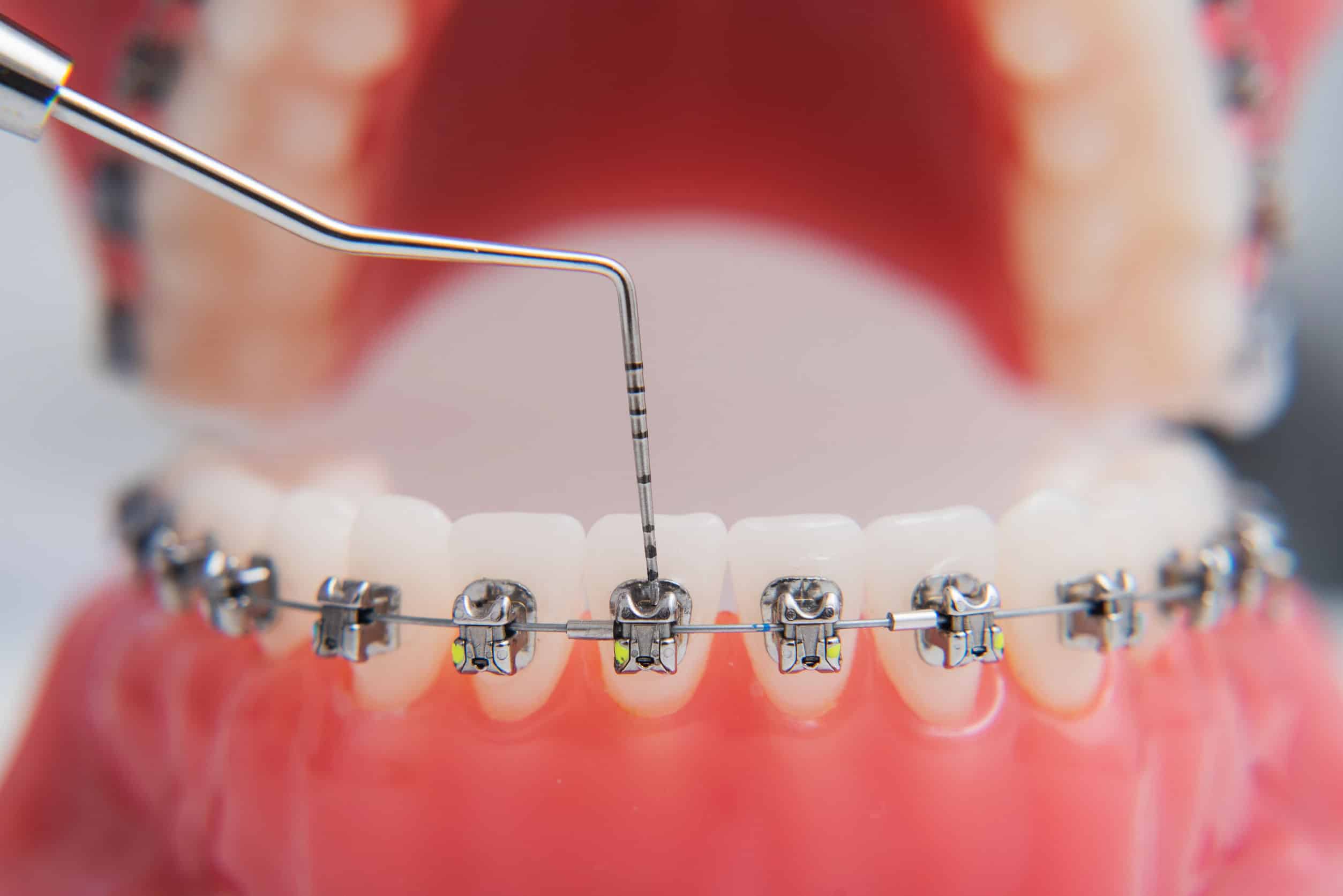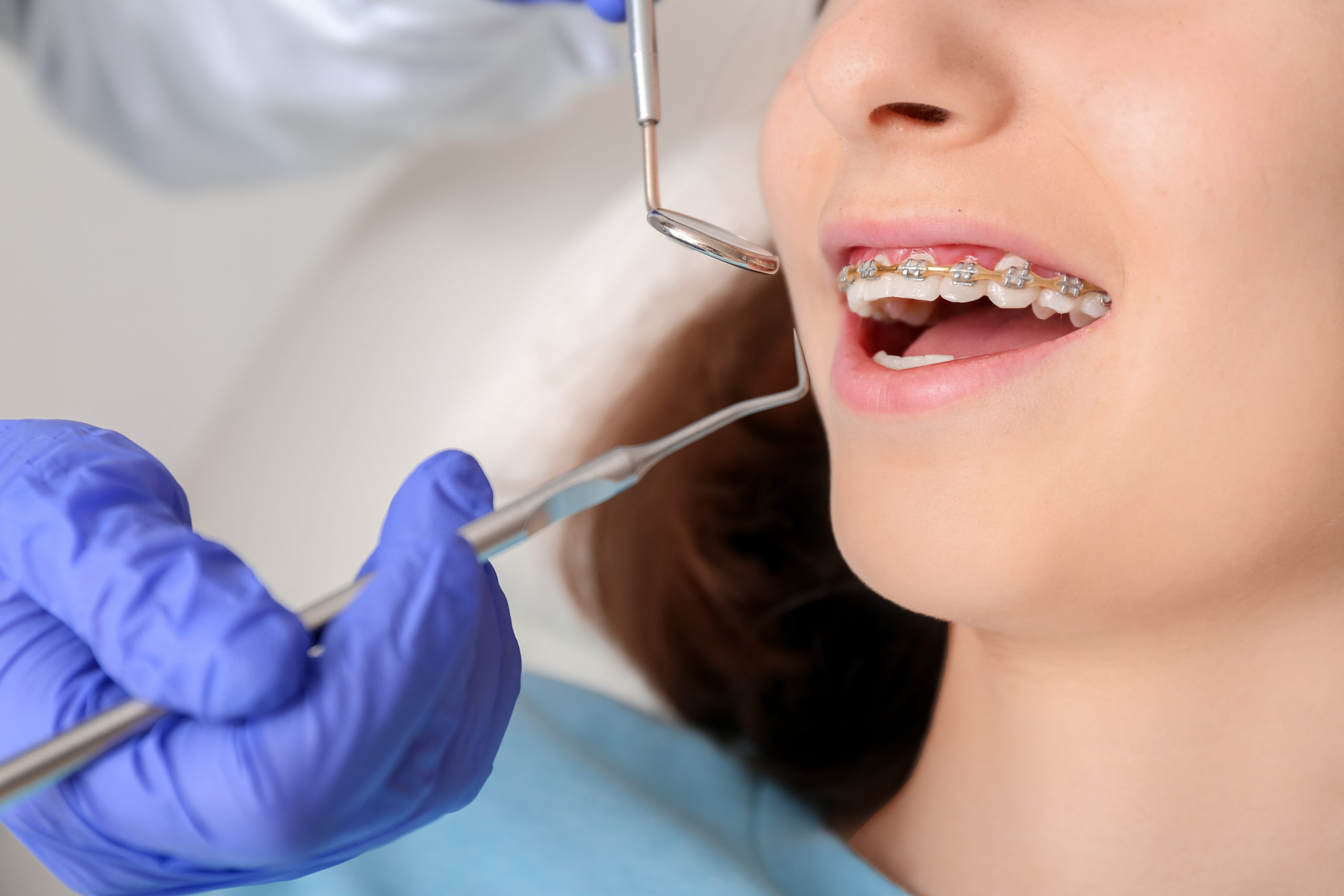Comprehensive Guide to Orthodontics Treatments for Dealing With Oral Misalignments
Comprehending the ins and outs of each treatment, including their devices, benefits, and potential drawbacks, is crucial in making educated choices concerning one's orthodontic therapy. As we navigate with the detailed guide to orthodontic treatments for dealing with dental misalignments, the intricate information of each method will certainly unfold, losing light on the path toward a practical and unified dental placement.
Orthodontic Procedures Introduction

Regular adjustments and surveillance are essential components of orthodontic therapy to guarantee progression is on track and to make any kind of needed modifications along the means. By undertaking orthodontic procedures, clients can not just achieve a straighter smile yet additionally boost their overall oral wellness and feature.
Standard Dental Braces: Exactly How They Function
When considering orthodontic therapies for dental misalignments, traditional braces stand out as a time-tested method for remedying teeth placing. Traditional braces consist of braces, wires, and bands that function with each other to apply continuous stress on the teeth, progressively moving them right into the desired alignment.
As stress is used to the teeth with the dental braces, the bone surrounding the teeth is reshaped to support the brand-new tooth settings. People will certainly require routine adjustments at the orthodontist's workplace to guarantee the dental braces continue to apply the correct pressure for reliable teeth motion.
Undetectable Aligners: Disadvantages and pros
Unseen aligners supply a discreet and convenient choice to standard braces for dealing with oral misalignments. These clear, tailor-made trays are basically unseen when put on, making them an attractive option for people looking for a much more cosmetically pleasing orthodontic treatment. One of the key benefits of unseen aligners is their removability, permitting simpler maintenance of oral hygiene contrasted to conventional dental braces. Patients can remove the aligners prior to eating or cleaning their teeth, lowering the risk of food getting stuck in the device and simplifying the cleansing procedure.

Surgical Orthodontic Options
Surgical interventions in orthodontics existing sensible options for dealing with intricate dental imbalances that might not be successfully fixed through traditional orthodontic treatments. While invisible aligners and typical braces can deal with lots of orthodontic problems, particular instances call for surgical intervention to attain optimal outcomes. Surgical orthodontic alternatives are typically suggested for severe malocclusions, considerable jaw disparities, and instances where the underlying bone structure needs alteration to accomplish correct placement.
One usual medical orthodontic treatment is orthognathic surgical procedure, which entails repositioning the jaws to correct practical issues such as problem chewing or speaking. This surgical treatment is often carried out in cooperation with an orthodontist that assists line up the teeth prior to and after the treatment. Surgical orthodontics might likewise entail procedures to subject affected teeth, get rid of excess gum tissue, or improve the jawbone to develop a much more harmonious face profile.
Before taking into consideration medical orthodontic options, patients undertake a thorough assessment to figure out the necessity and possible benefits of such treatments. cumming orthodontist. While surgery may appear complicated, it can considerably improve both the function and visual appeals of the smile in instances where traditional orthodontic therapies fail
Retainers and Post-Treatment Treatment

Post-treatment care entails following the orthodontist's guidelines diligently. This may consist of proper oral health techniques, attending follow-up consultations, and wearing the retainers as recommended. Failing to abide with post-treatment care directions can cause regression, go right here where the teeth gradually move back in the direction of their original positions. Constant retainer wear, excellent dental hygiene, and regular dental examinations are essential for preserving the outcomes attained via orthodontic surgery and making certain the lasting stability of the fixed dental positioning.
Final Thought
In conclusion, orthodontic treatments provide different alternatives for correcting oral imbalances. Surgical orthodontic choices are available for more serious misalignments. On the whole, orthodontic treatments can successfully boost oral health and aesthetic appearance.
As we navigate via the extensive overview to orthodontic treatments for correcting oral misalignments, the complex information of each technique will certainly unravel, losing light on the course towards a practical and unified dental placement. - braces
One of the most common orthodontic therapies is the use of braces, which are composed of steel braces and cables that apply mild stress to progressively shift teeth into the desired placement.When thinking about orthodontic therapies for oral imbalances, standard dental braces stand out as a reliable method for fixing teeth positioning. In addition, undetectable aligners may not be suitable for complex orthodontic issues that require even more substantial teeth motion, as they are typically suggested for light to modest situations. Retainers are tailor-made orthodontic gadgets developed to hold teeth in their dealt with positions after the conclusion of orthodontic therapy.